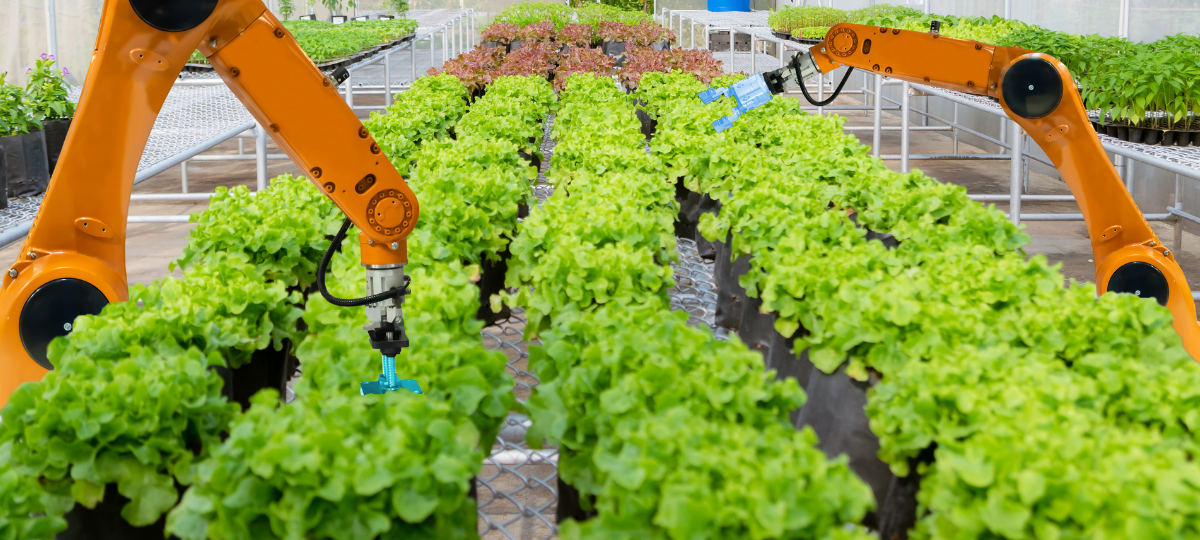Grain yields per hectare are increasing, but the rate of increase has slowed since the ‘80’s. This has created a global nourishment crisis (not to mention severe environmental strain) — an estimated 3 billion people, over a third of the global population, are malnourished, and this number is only expected to grow.
Predictably, tech startups are all over the issue. Agriculture technology, from forecasting to irrigation to crop yield, is one of the fastest growing areas of AI investment and spend. The AI in Agriculture market is expected to grow by 22.5% by 2025. Additionally, experts expect general agriculture investment to grow from $495B to 730B by 2023. NewtonX issued a survey to executives at 400 agriculture tech companies in the US to gain an in-depth understanding of the market, areas of investment, and forecasts for the future of agriculture. The results of the survey inform the data and insights in this article.
Overburdened Cropland and Underfed Populations: What Tech Companies Are Doing About It
99.7% of human food comes from terrestrial land, which accounts for only 29% of all earth. Of this land, a total of 13B hectares, cropland accounts for 11%, pastureland for 27%, forested land for 32%, and urban areas for 9%.
In addition to the simple problem of finite land resources, agriculture has also faced challenges with stability. Examples include predicting weather patterns (which are increasingly irregular due to global warming), and boosting production efficiency. Food production needs to increase by 70% by 2050. Additionally, meat production will need to rise from roughly 200 million tonnes to 470 million tonnes per year to adequately feed the world’s growing population.
In response, biotech companies are becoming integrated into every stage of the food production supply chain. For instance, plant microbiology company Indigo Agriculture removes carbon dioxide from the atmosphere and uses it to enrich soil. Consequently, this will improve profitability and reduce risk from floods and other environmental disasters. The company has raised $609M, making it one of the most well-funded startups in the space.
On the other end of the spectrum, Pivot Bio, which has raised $86.7M aims to solve the problem of inefficient use of synthetic nitrogen fertilizer. The company uses nitrogen-producing microbes to solve the nutrient absorption issue, and thereby increase crop yield without nutrient degradation.
These are just a few of the startups in the agriculture tech landscape. Others address plant genomics, food waste, food distribution, harvesting robotics, and even computer vision for monitoring livestock health. The earth isn’t going to expand, and we know the limits of its capacity for crops and livestock. As a result, VCs and tech companies alike believe that maximizing production and efficiency through technology is the only solution.
Can Startups Really Fix the World’s Food Production Problems?
Agriculture tech is by no means an end all be all solution to food production. Productivity growth is one part of the equation. However, feeding the world’s population will also depend on trade and support for farmers, investment in sustainable agriculture practices, and rural development.
Need a B2B panel? Work with NewtonX.

